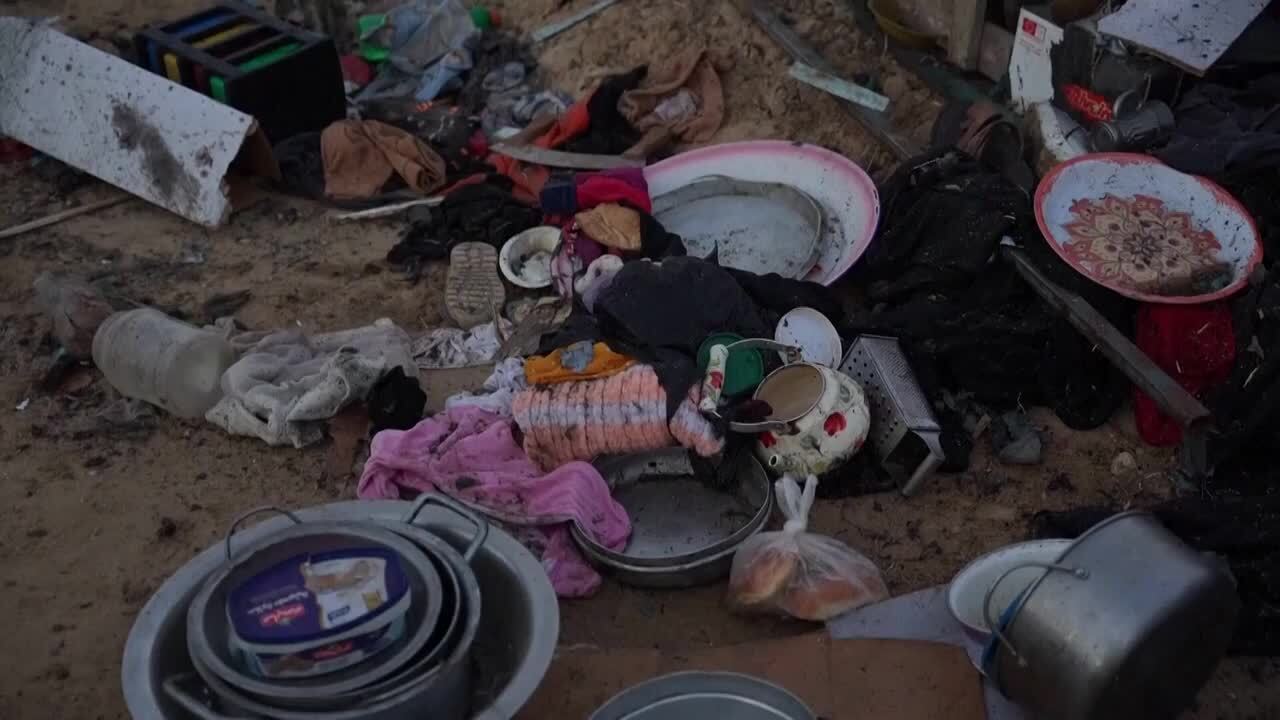If the United States doesn't invest seriously in the Long Range Standoff Weapon, commonly known as LRSO, it can kiss the future of the B-52 Stratofortress bomber goodbye, the head of U.S. Strategic Command said Wednesday.
Gen. John Hyten said the LRSO is necessary for the B-52 long-range bomber because the B-21 Long Range Strategic Bomber -- the Pentagon's latest classified multi-billion dollar program -- can carry out only one nuclear mission at a time.
"We expect [the B-52] to be a nuclear-capable platform" lasting into the 2050s, Hyten told the audience during a speech at the Hudson Institute in Washington, D.C.
The LRSO program would replace the AGM-86B Air Launched Cruise Missile, known as ALCM, developed in the early 1980s.
Related content:
- Lockheed, Raytheon to Develop New Nuclear Cruise Missile
- The First Rule of B-21 Is You Do Not Talk About B-21
- Air Force: We Want 165 Bombers, Not Just B-21s
"Not only is [ALCM] ancient, it's difficult to maintain, almost impossible to fly. We won't be able to fly it much longer, but it's also built for a different threat environment," the general said.
Hyten said the threat has evolved over the last 40 years, and ALCM is not "the air-launched cruise missile we need today."
Air-Launched Capability
By comparison, LRSO is a nuclear-capable cruise missile launched from aircraft such as the B-52, providing an air-launched capability as part of the nuclear triad -- of which the Air Force oversees two parts.
"Without [LRSO], we don't have the B-52 as a viable platform" anymore, Hyten said.
The LRSO is also planned for the B-2 Spirit and future B-21 Long-Range Strike Bomber.
The B-1B Lancer is not slated to receive the weapon because it is no longer a nuclear-capable bomber, Air Force officials told Military.com last month.
The Spirit, by comparison, currently carries the B83 and the B61 thermonuclear gravity bombs.
How many LRSOs are planned for the B-52 remains classified, officials told Military.com on Thursday.
B-21's Limited Nuclear Role
"A penetrating bomber, like the B-21, that can only drop gravity bombs and attack how many targets at once with a nuclear weapon? The answer is one," he said.
The B-21 will have both nuclear and non-nuclear roles. Conventionally, the B-21 can go after multiple targets, but can carry out only one nuke drop at a time, Hyten said.
"That means that every B-21 only goes after one target" in a nuclear scenario, he said.
Hyten's comments come one month after the Pentagon awarded Lockheed Martin Corp. and Raytheon Co. contracts to begin preliminary work on LRSO.
The defense contractors were awarded agreements valued at $900 million apiece and lasting almost five years "to mature design concepts and prove developmental technologies," the Air Force said.
How Many Bombers for the Air Force?
The service is weighing just how many B-21 LRS-Bs it truly needs.
The Air Force in June said it wants a total future bomber fleet, not just B-21s, to be around 165 aircraft.
Lawmakers and service officials have gone back and forth on whether the Air Force should acquire more than 100 B-21s.
Rep. Mike Gallagher, a Republican from Wisconsin, questioned whether the Air Force should buy more of the bombers, which will be designed in part to fight through surface-to-air missiles and protect coalition aircraft and drones.
Given the increasingly advanced air defense systems deployed by countries such as Russia, China, Iran and North Korea, he added, "It seems to me the right number of bombers should be north of 160," he said during the House Armed Services Committee's Seapower and Projection Forces Subcommittee on May 25.
Testifying before the committee, Lt. Gen. Jerry D. Harris, deputy chief of staff for strategic plans and requirements, replied, "We do agree that probably 165 bombers is what we need to have."
The 165, however, "refers to the total number of bombers, not the number of B-21s," Air Force spokeswoman Ann Stefanek later clarified to Military.com.
The service plans to spend more than $55 billion to acquire 100 of the next-generation aircraft as part of the LRSB program.
The Air Force currently has 62 B-1B Lancers, 20 B-2 Spirits, and 77 B-52 Stratofortresses, totaling 159 bombers, Stefanek said.
Editor's note: This article previously said the B-2 Spirit carries the Air Launched Cruise Missile and B61 nuclear weapon.
-- Oriana Pawlyk can be reached at oriana.pawlyk@military.com. Follow her on Twitter at @Oriana0214.






























